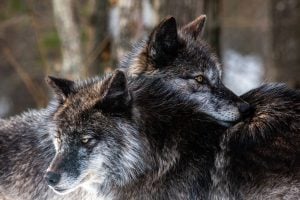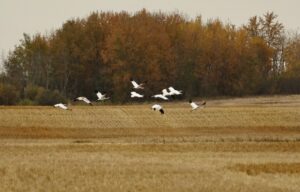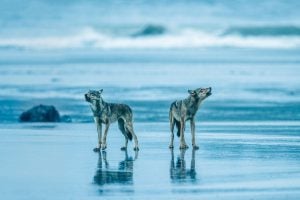
Wildlife
The big bad wolf?
Exploring our love-hate relationship with the wolf
- 2255 words
- 10 minutes
Wildlife

West coasters should rejoice in seeing a feisty rufous hummingbird buzz by. Turns out the success of this tiny flier is an important indicator of a healthy ecosystem — and may be key to protecting other species. A recent article in National Geographic noted “We often save the most charismatic species. Is it time to think beyond pandas and tigers?” That article zeroed in on research by UBC’s Adam Ford and Sarah Falconer, who found the hummingbird was a best indicator, or “surrogate,” species (surrogate species are plants and animals whose health is an indicator of the overall health of an entire landscape). In other words, if you see lots of hummingbirds, it’s a very good sign for all kinds of flora and fauna. The researchers’ list of 10 “all-star” B.C. surrogates also includes three carnivores (the American black bear, coyote and grey wolf), two ungulates (the rocky mountain elk and mule deer), two other birds (the barn swallow and tree swallow) and one smaller mammal (the long-tailed weasel).




Are you passionate about Canadian geography?
You can support Canadian Geographic in 3 ways:

Wildlife
Exploring our love-hate relationship with the wolf

Science & Tech
Innu astrophysicist Laurie Rousseau-Nepton, who stars in the new documentary North Star, speaks stars, science and stories with Can Geo.

Travel
In the mid-20th century, the elusive birds numbered in the dozens. Thanks to decades of conservation efforts, they appear to be making a comeback.

Wildlife
First Nations and scientists work side by side to better understand — and protect — coastal wolves living in the Great Bear Rainforest